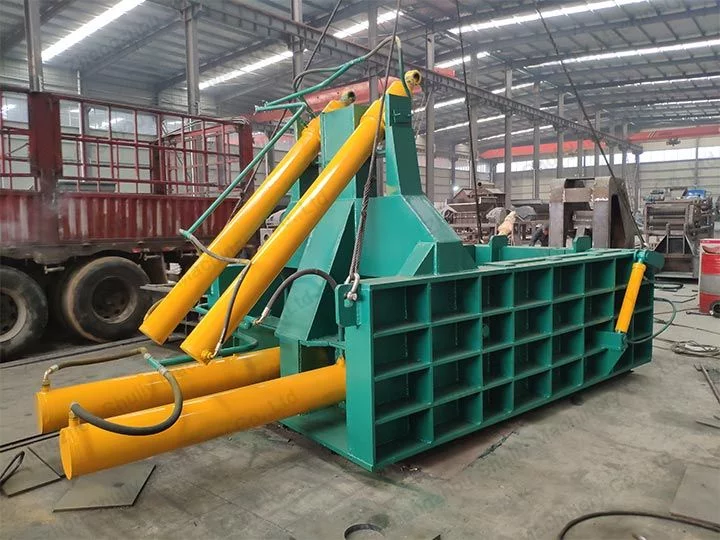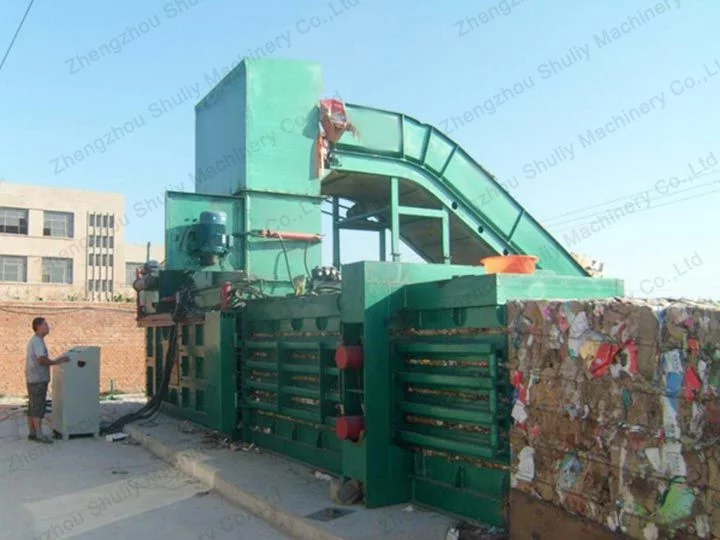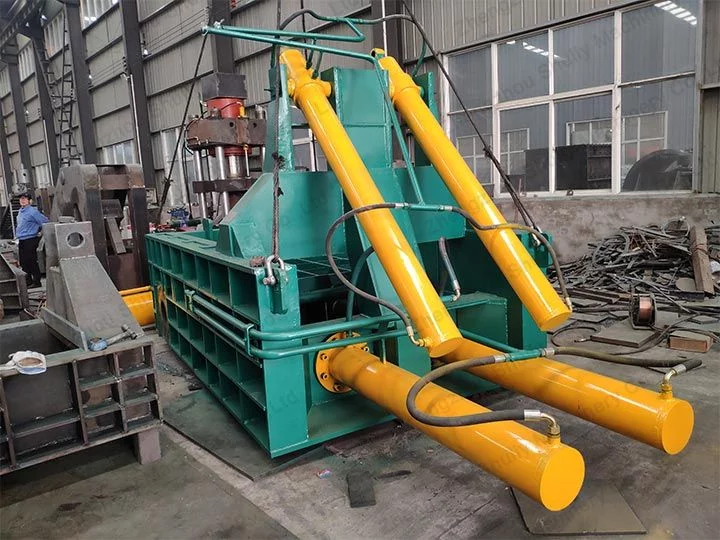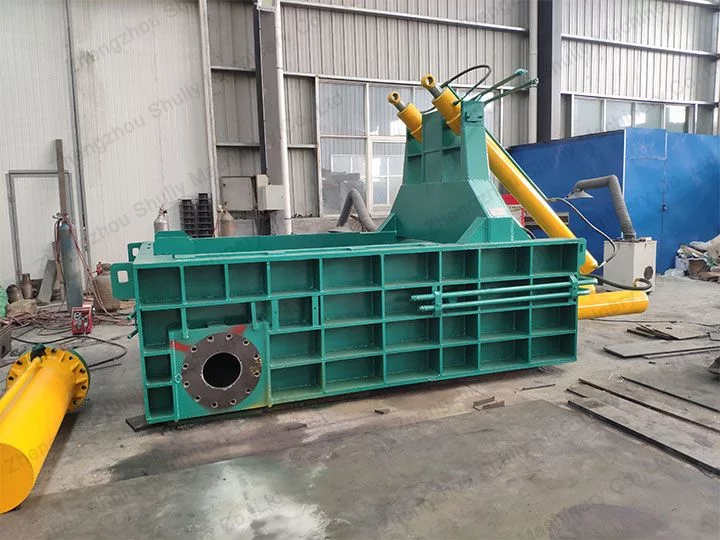When operating an automatic horizontal baler, it is essential to be aware of potential issues and how to address them promptly. This article provides a comprehensive guide to troubleshooting common problems that may arise during automatic horizontal baler machine operations, ensuring the smooth and efficient functioning of the equipment.

Identifying Common Issues
The first step in troubleshooting a horizontal baler is to recognize common problems that operators may encounter. These may include irregular bale formation, insufficient compression, conveyor malfunctions, or hydraulic system leaks. By understanding these potential issues, operators can quickly pinpoint the root cause and take appropriate corrective actions.
Referencing the Operating Manual
The automatic horizontal baler’s operating manual is a valuable resource for troubleshooting. It contains specific instructions for identifying and resolving various problems. Operators should consult the manual to understand the recommended troubleshooting steps for different scenarios. It provides insights into potential causes and solutions, ensuring efficient problem-solving.

Checking Power and Connections
If the horizontal baler experiences electrical or mechanical issues, the first course of action is to check the power supply and connections. Ensure that the baler is properly connected to a reliable power source and that all electrical connections are secure. Loose connections or power fluctuations can lead to operational problems, so addressing these issues promptly is crucial.
Inspecting and Maintaining Components
Regular maintenance and inspection play a vital role in preventing operational issues. Operators should conduct routine checks of key components such as belts, chains, hydraulic hoses, and sensors. Any signs of wear, damage, or misalignment should be addressed immediately. Proper lubrication and adjustment of components can significantly enhance the baler’s performance and minimize unexpected breakdowns.

Calibrating and Adjusting Settings
For optimal operation, it is essential to calibrate and adjust the settings of the horizontal bailing machine as per the material being processed. Pay attention to factors such as bale size, compression force, and tying methods. Incorrect settings can result in poor bale quality or operational inefficiencies. Regularly review and adjust the settings based on the material characteristics and desired output.
Seeking Professional Assistance
In complex or persistent troubleshooting situations, it may be necessary to seek assistance from the baler manufacturer or a qualified technician. They possess specialized knowledge and experience in diagnosing and resolving intricate issues. Promptly reaching out to experts can save time, prevent further damage, and ensure the baler’s optimal performance.
Summary
Efficient troubleshooting is crucial for maintaining the smooth operation of a automatic horizontal baler. By familiarizing themselves with common issues, referring to the operating manual, checking power and connections, inspecting components, calibrating settings, and seeking professional assistance when needed, operators can effectively address problems and keep the baler functioning optimally. Regular maintenance and adherence to troubleshooting guidelines contribute to increased productivity, minimized downtime, and improved overall efficiency of the automatic horizontal baler.


